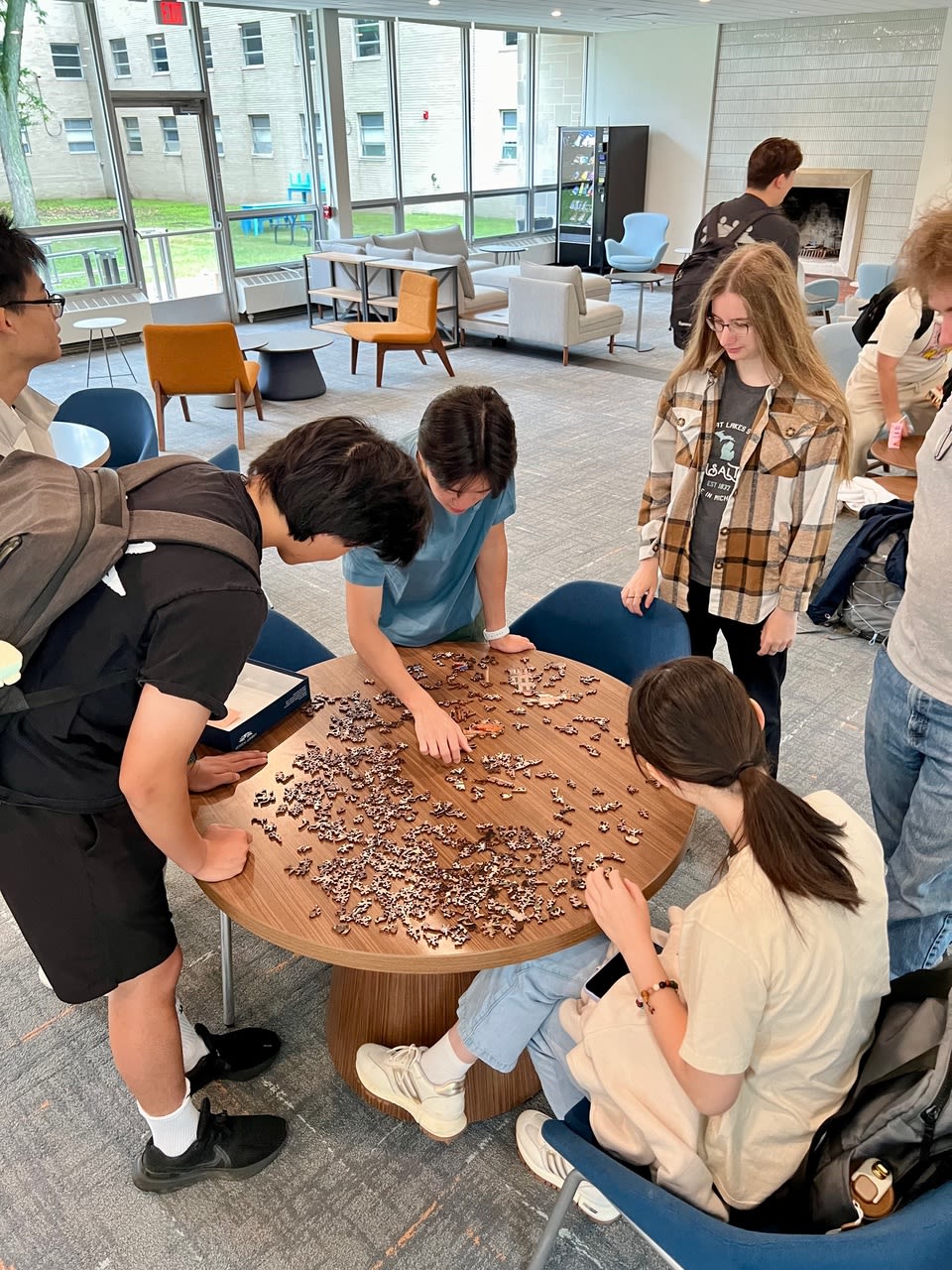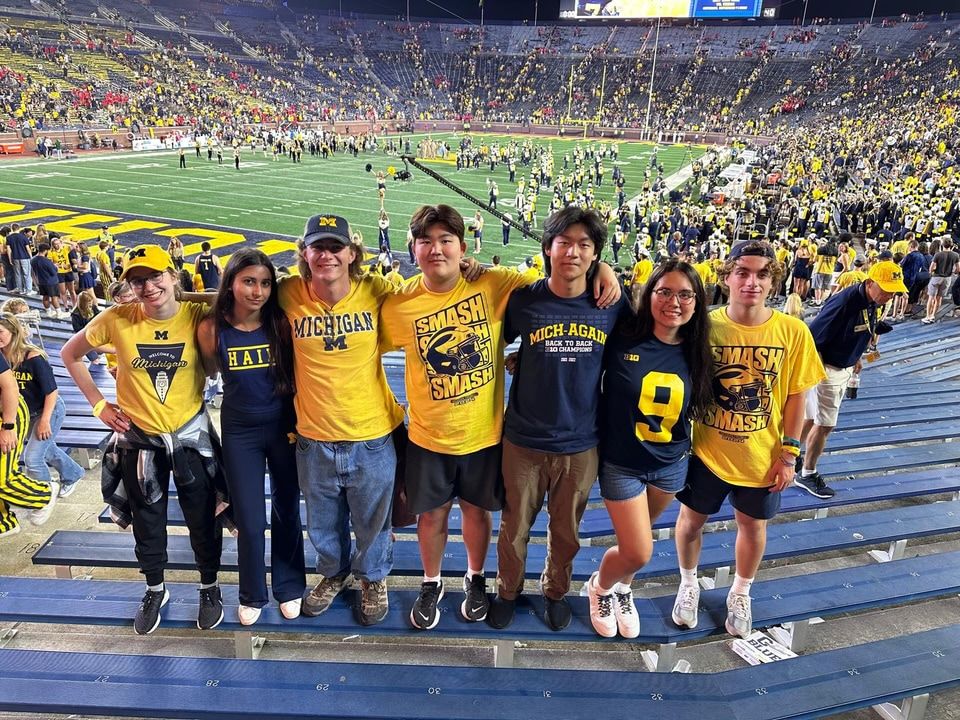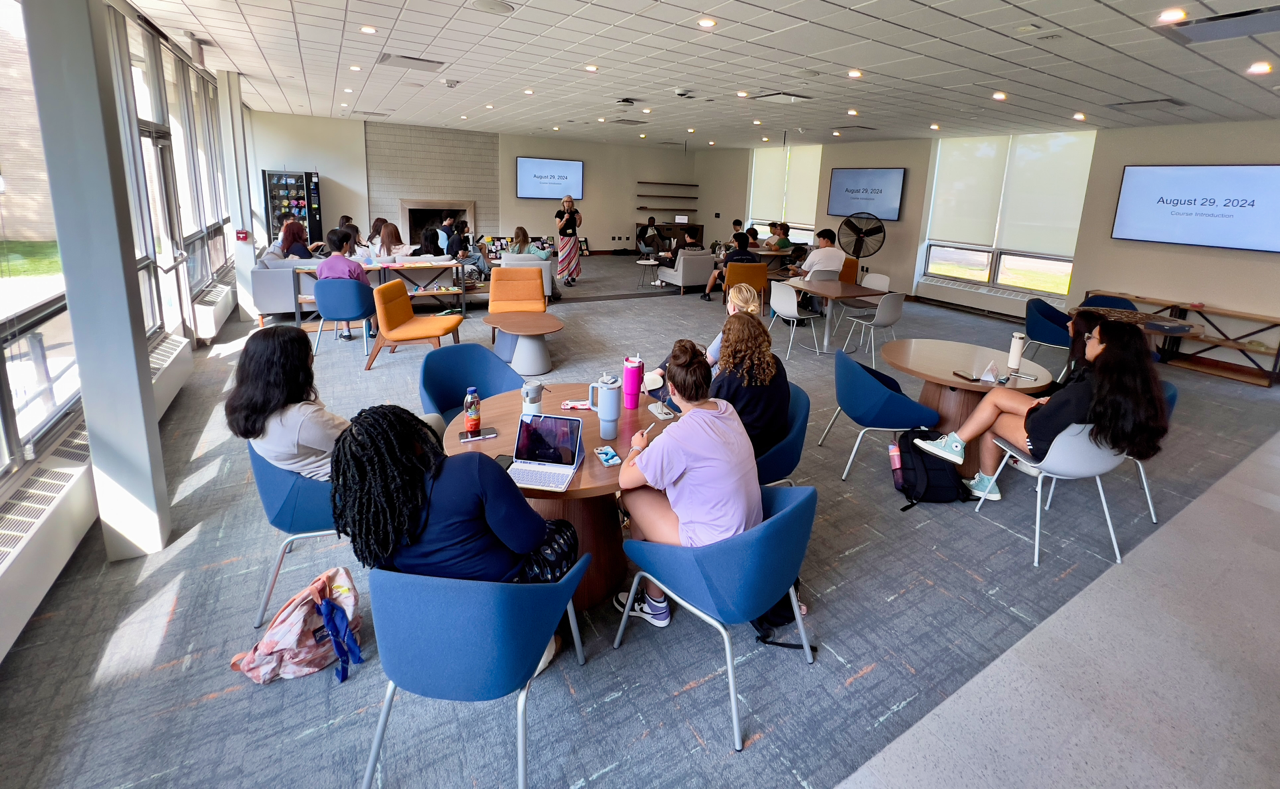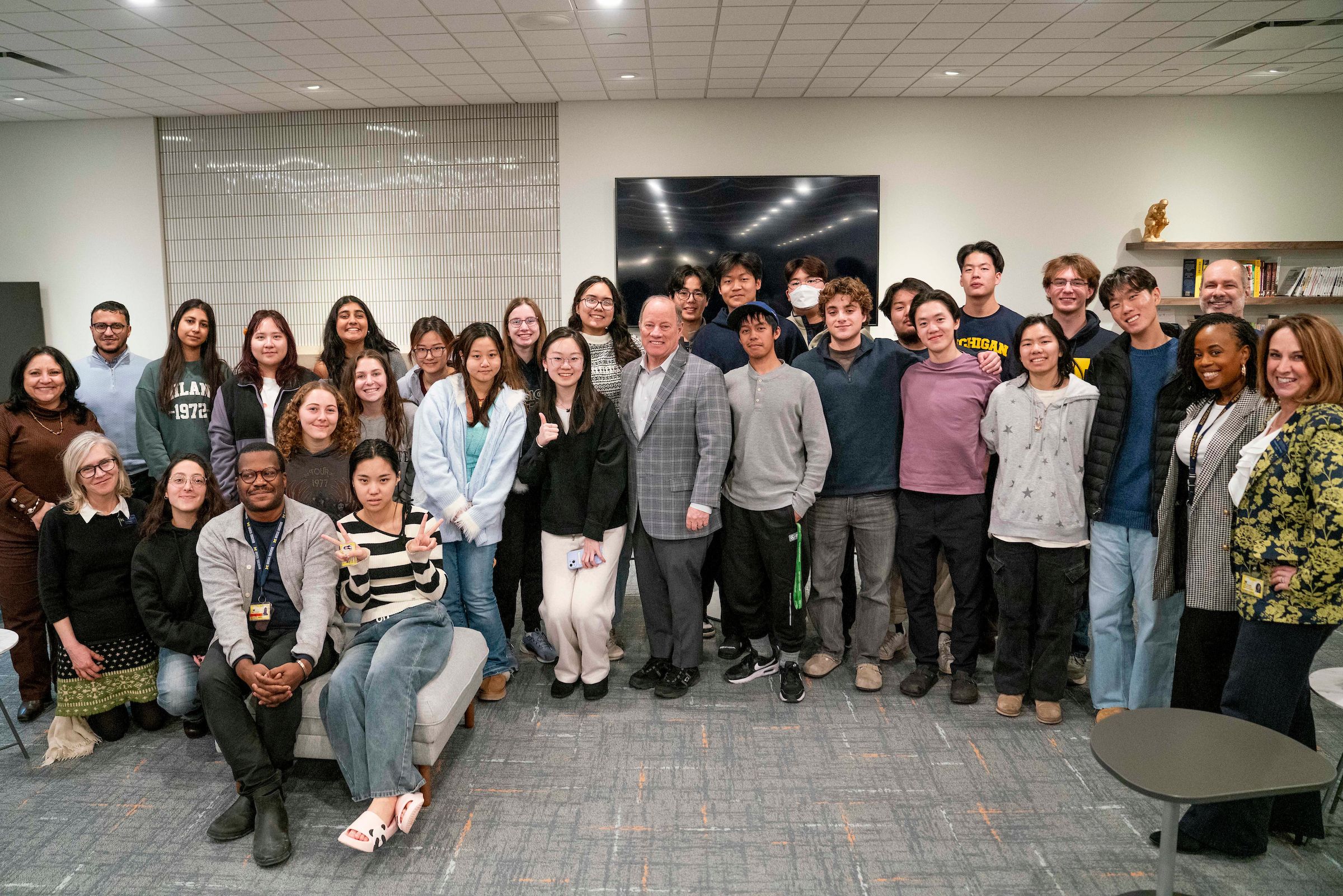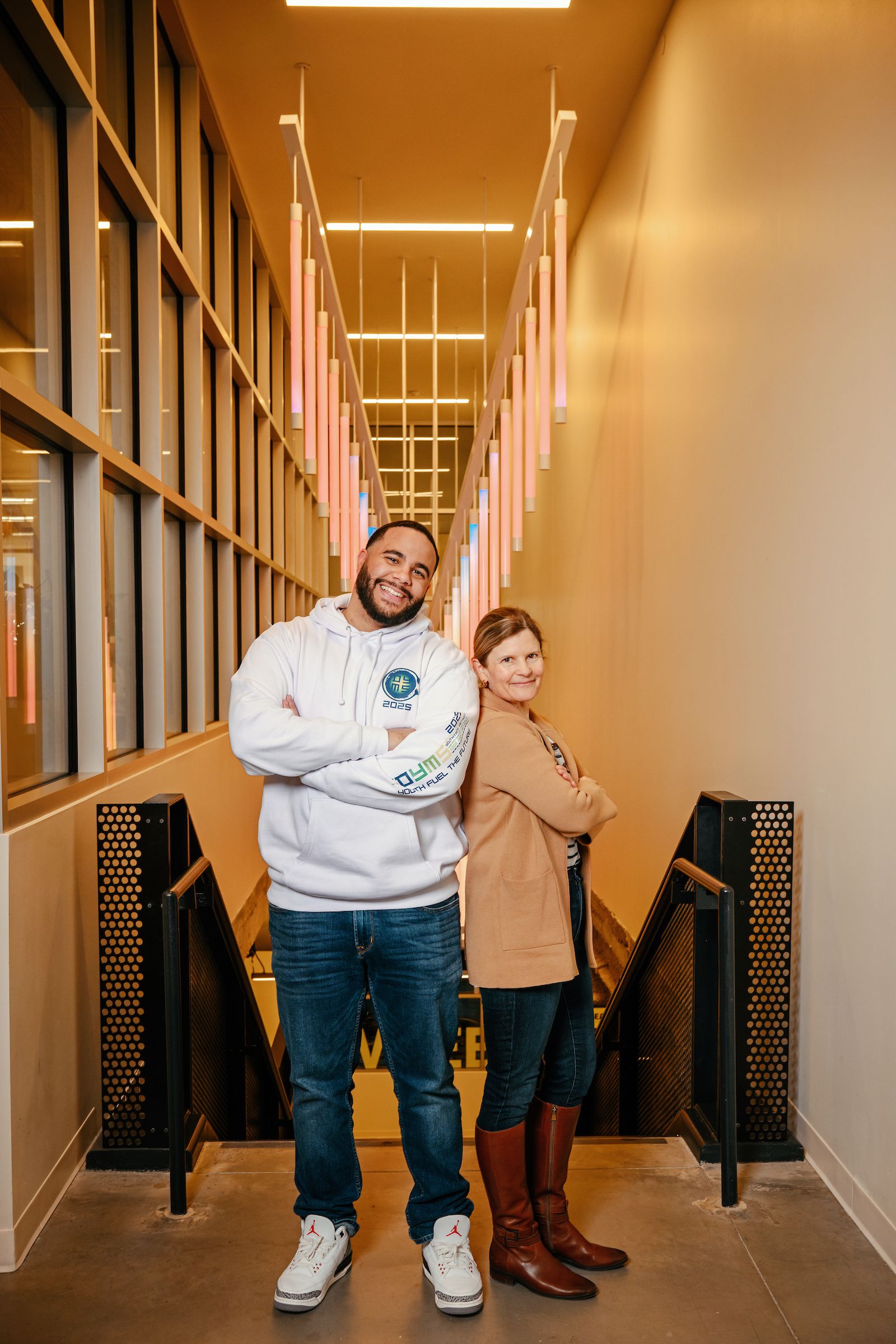LEAPS, Detroit, & Marygrove
A Unique and Powerful Combination
↓ Scroll ↓
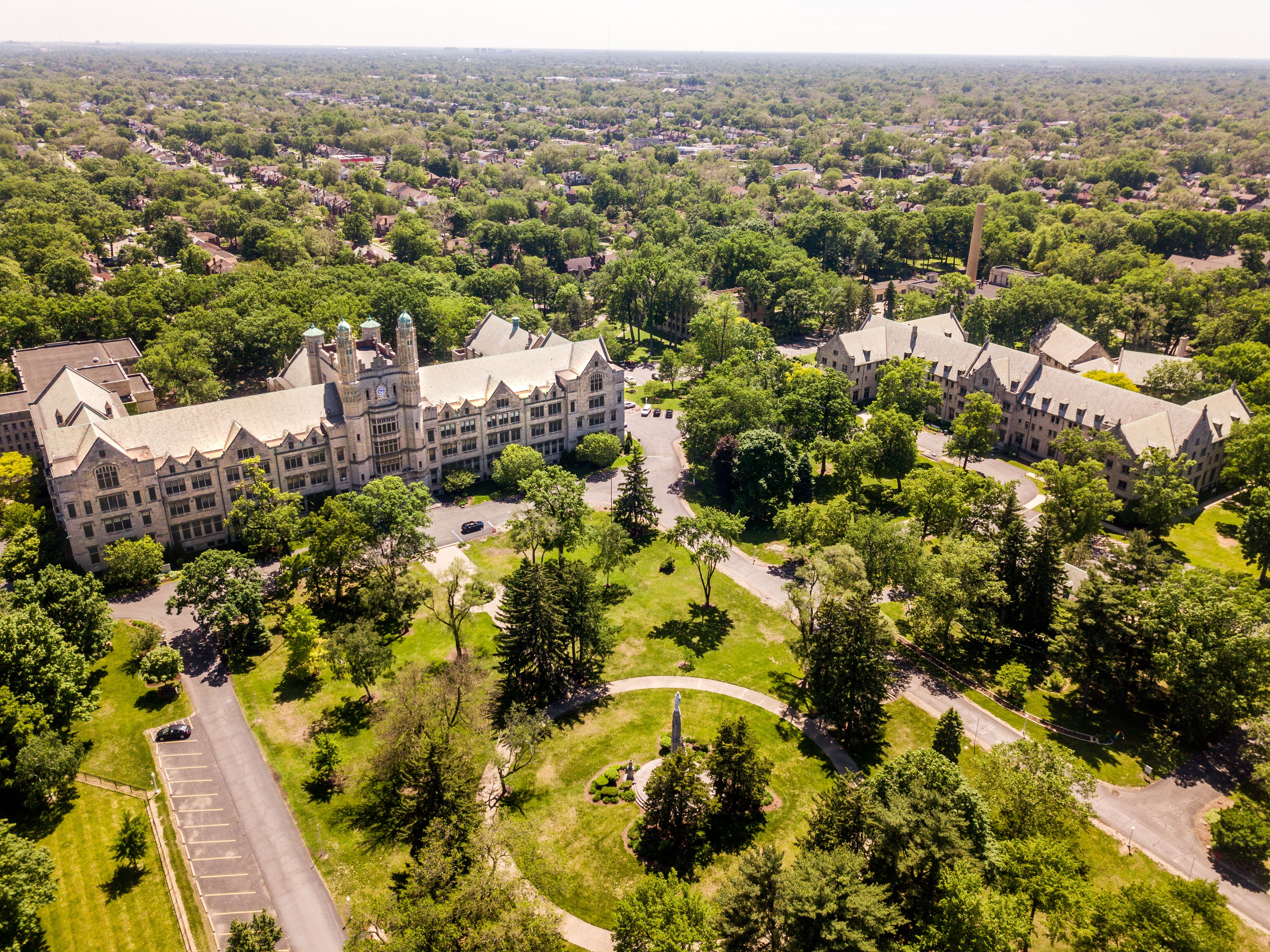
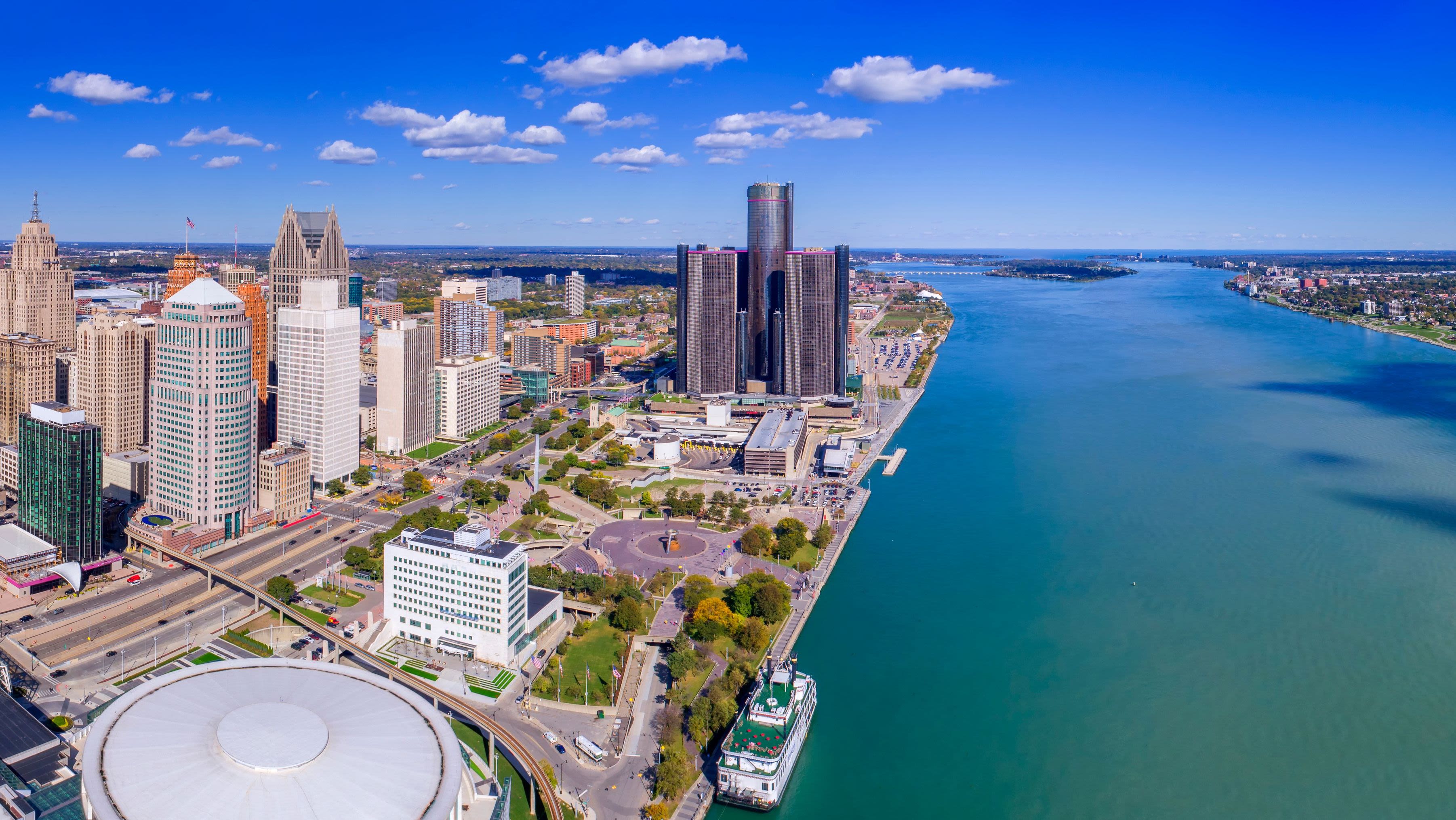
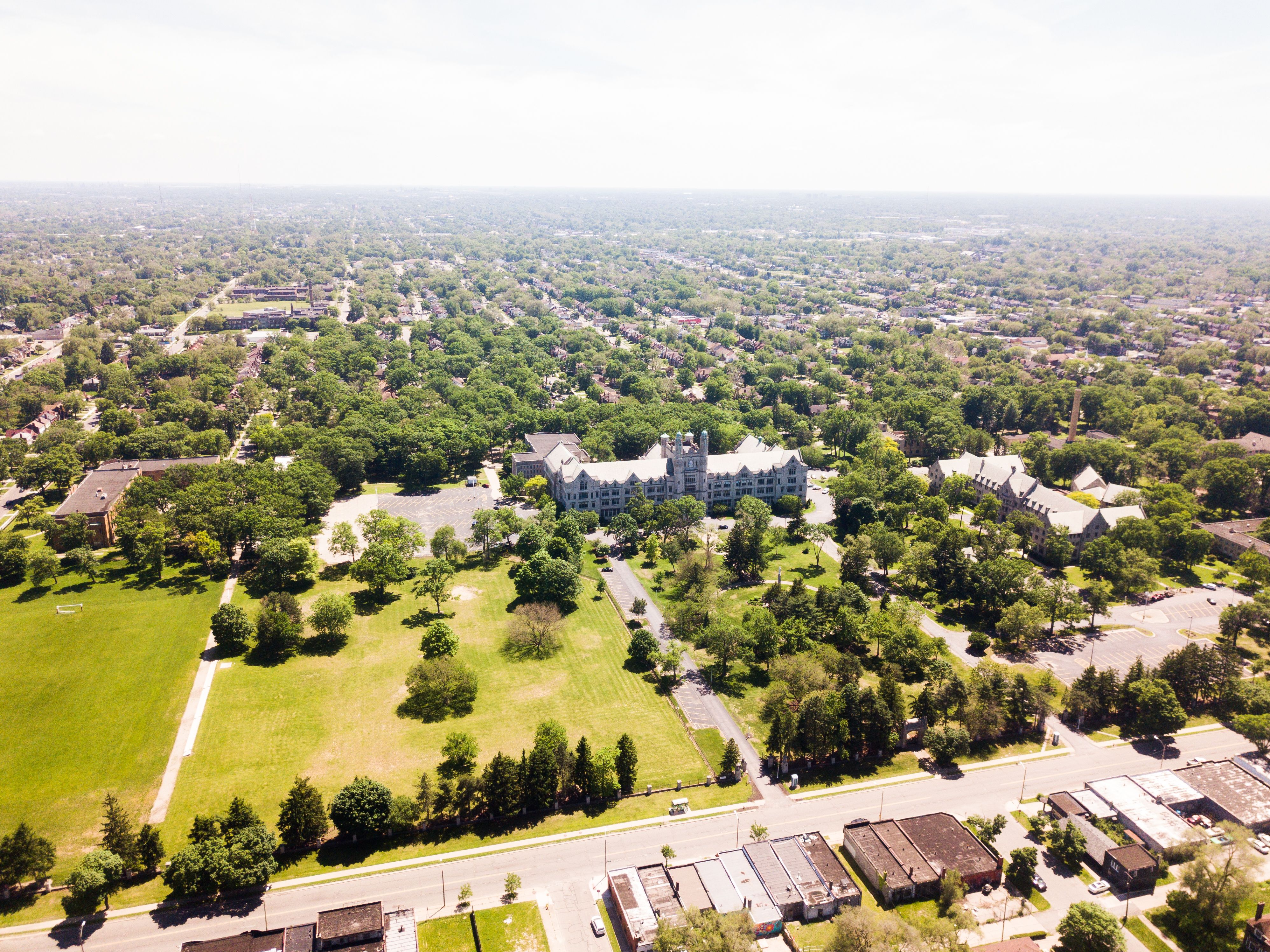
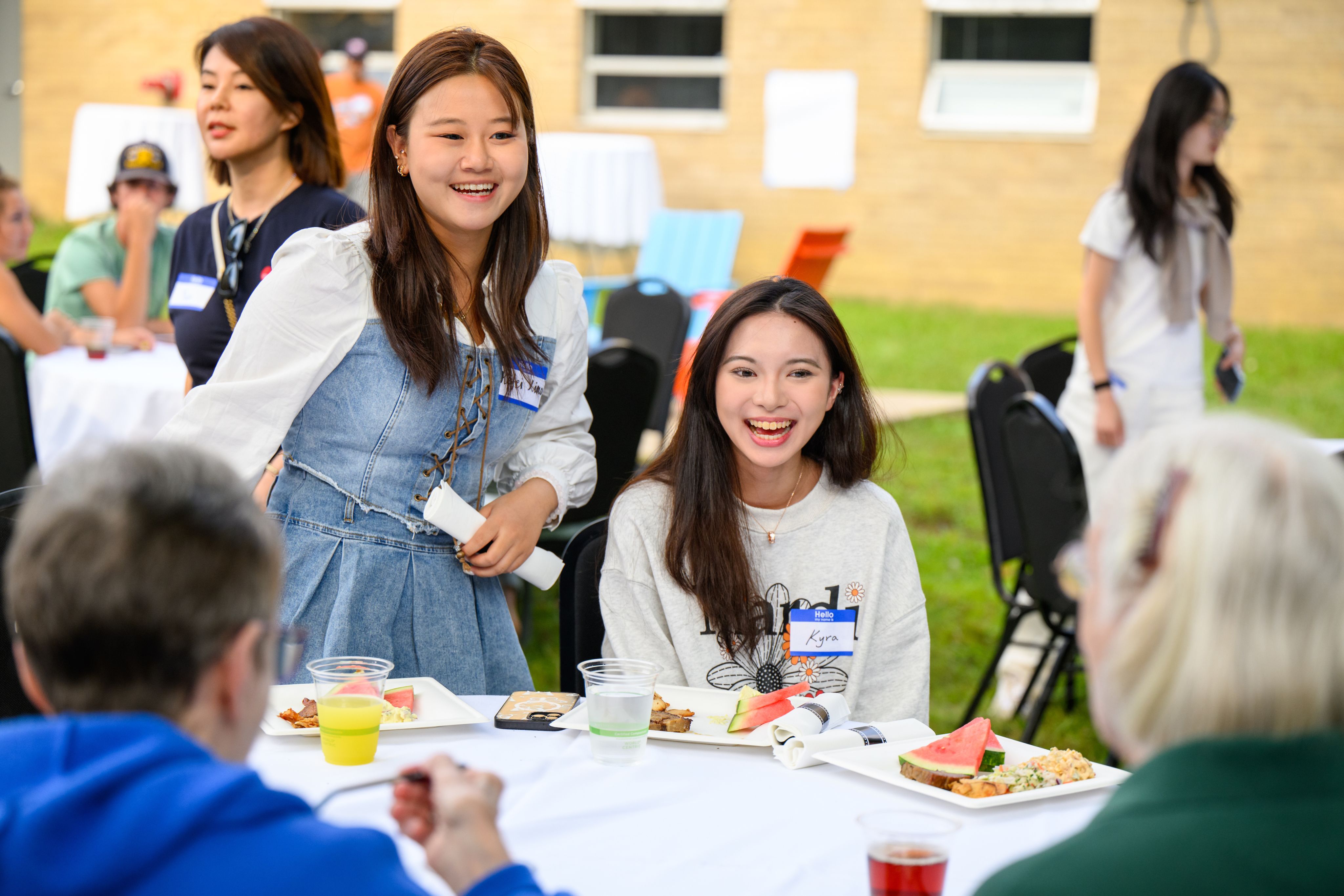
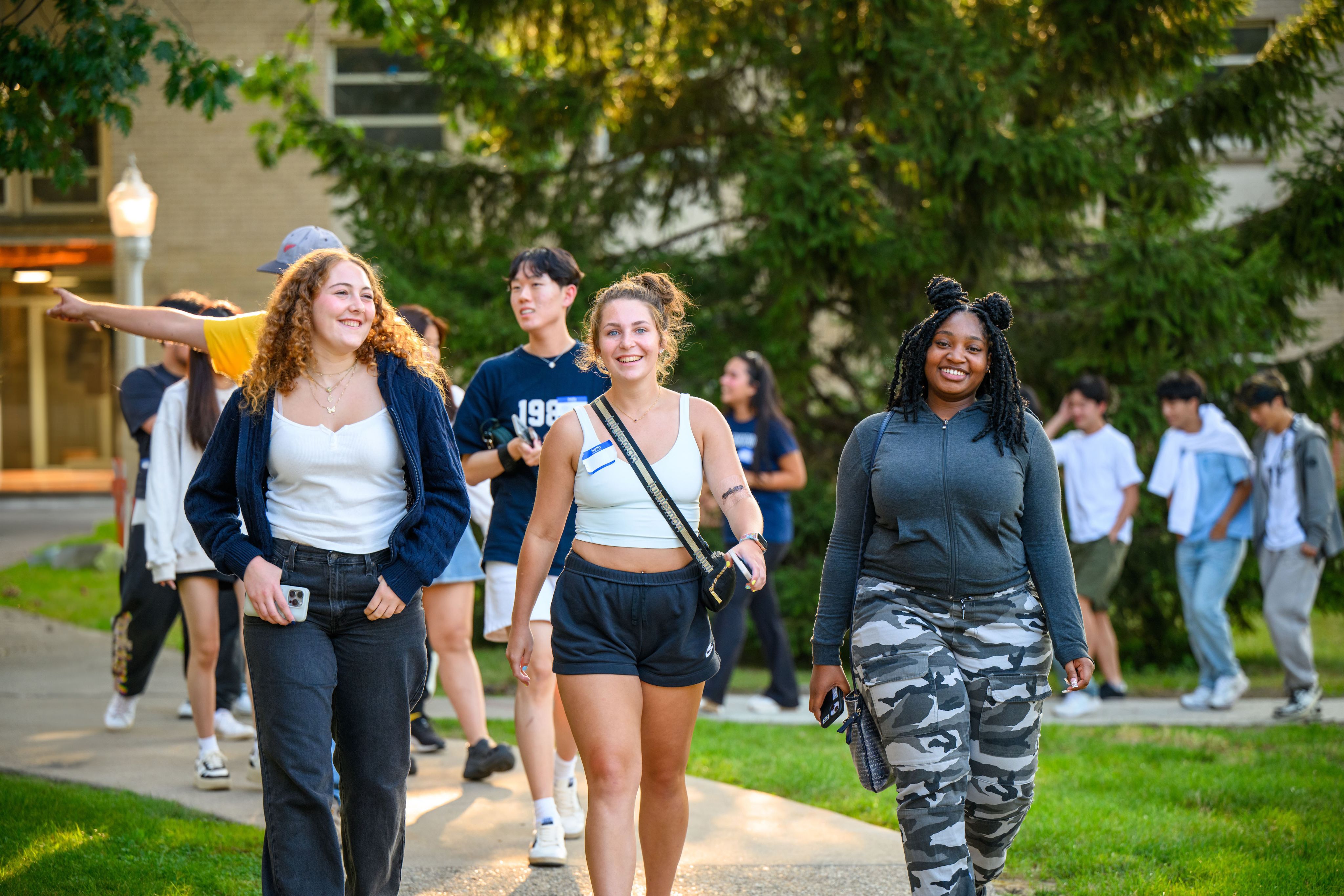
Why Detroit?
The LEAPS first-year residency in Detroit is a key part of what makes this program so special, building connections to the city and to each other.
All first-year students live and learn together on a beautiful campus in a residential section of Detroit. Why is this such an important part of LEAPS? It is because community-engaged learning is the centerpiece of our program.
LEAPS graduates are trained to become learning leaders who possess a unique mixture of skills, knowledge, and understanding of how communities and organizations work, learn, and grow towards their goals. The LEAPS curriculum blends classroom-based learning with real-world experiences that prepare students to be valuable contributors to their future communities and employers.
Living together, as a cohort, in Detroit at Marygrove is an important component of LEAPS program design, helping students feel comfortable and at home in the city.
Detroit is only 45-minutes away from Ann Arbor, but typical U-M students rarely interact with the city in a meaningful way. Visiting Detroit is great… but you remain a visitor, and don’t come to understand the city from the inside: its opportunities, challenges, diversity, places, and people.
We recognize that spending your freshman year living in Detroit means a different first-year experience from other U-M students. But we believe the result is a better experience that helps you build a strong learning community with your cohort and strong connections to the communities of Detroit.
For students who are from Detroit or the surrounding area, you get a new view of your hometown as you work to contribute to its present and future. Below, we provide more information about why we selected Marygrove in Detroit as the home for LEAPS, the importance of the LEAPS cohort experience, and the unique features of LEAPS community-engaged learning.
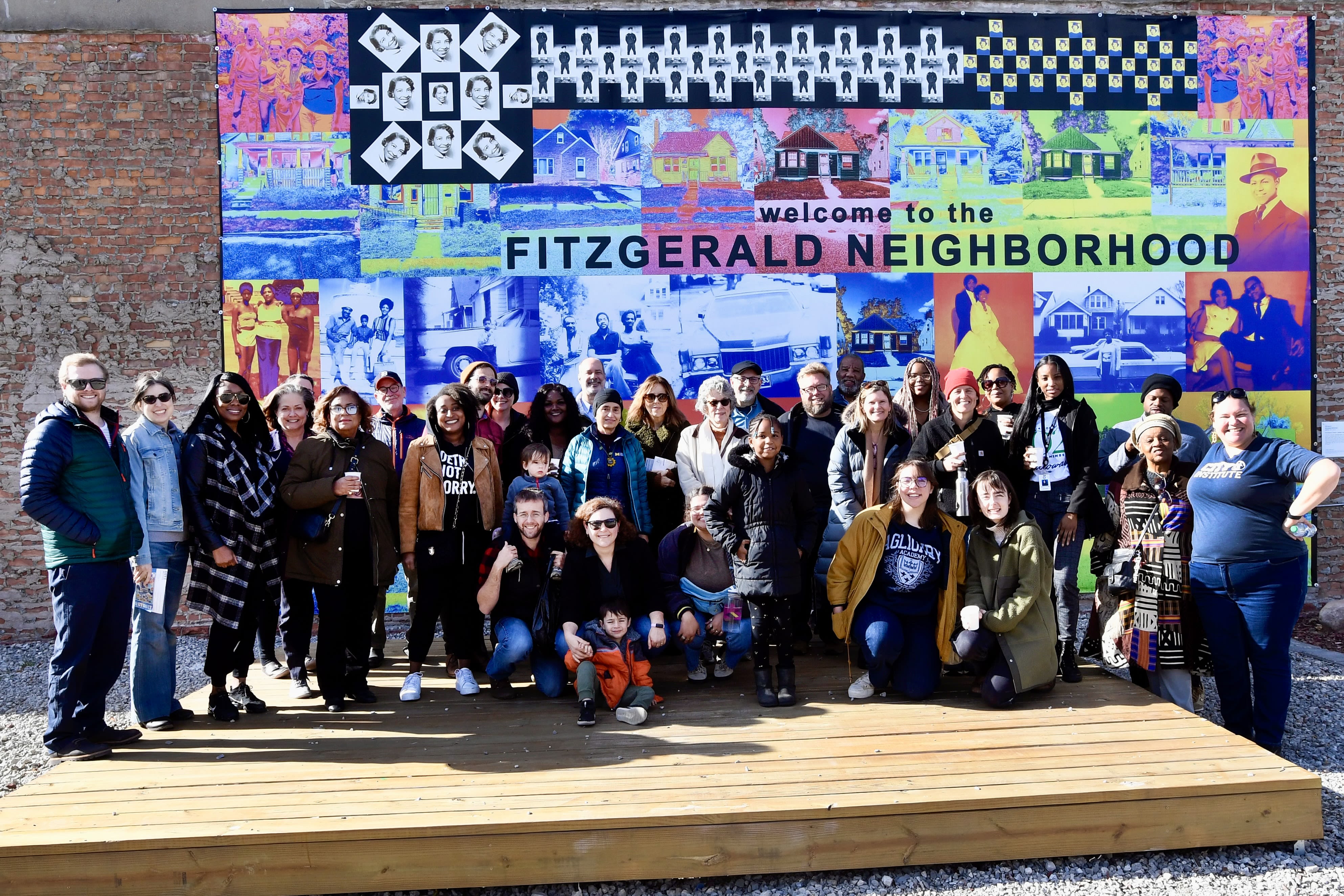

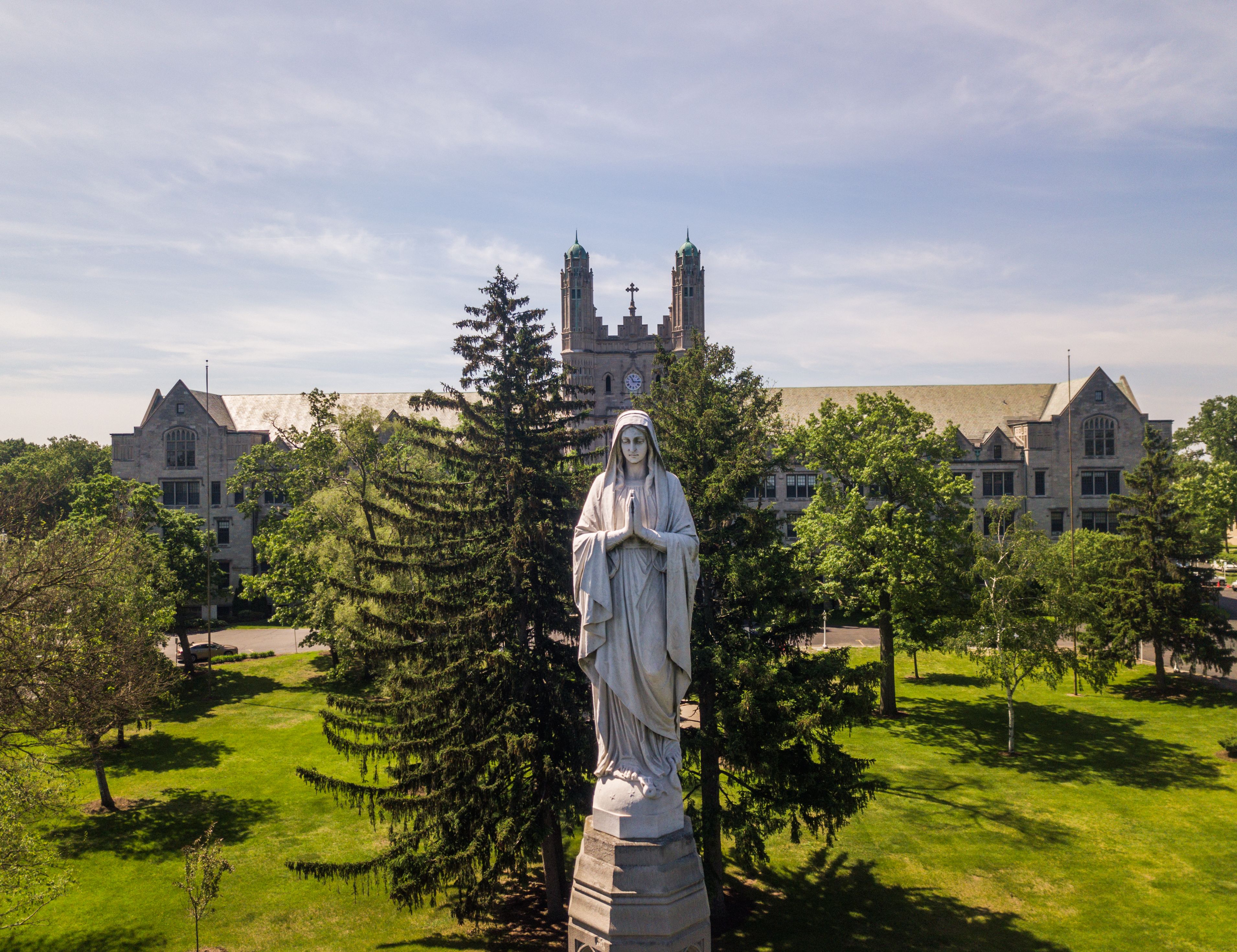
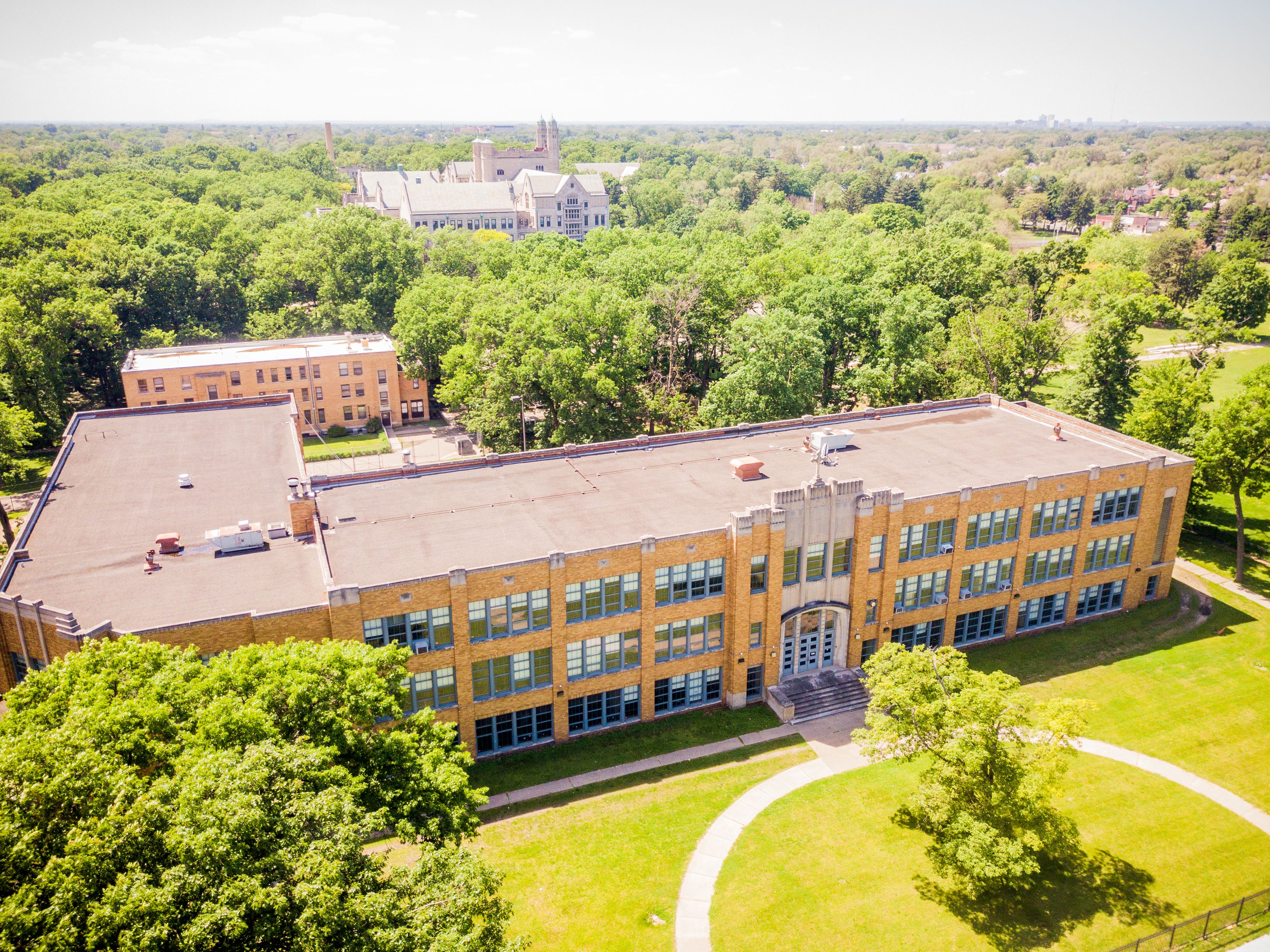
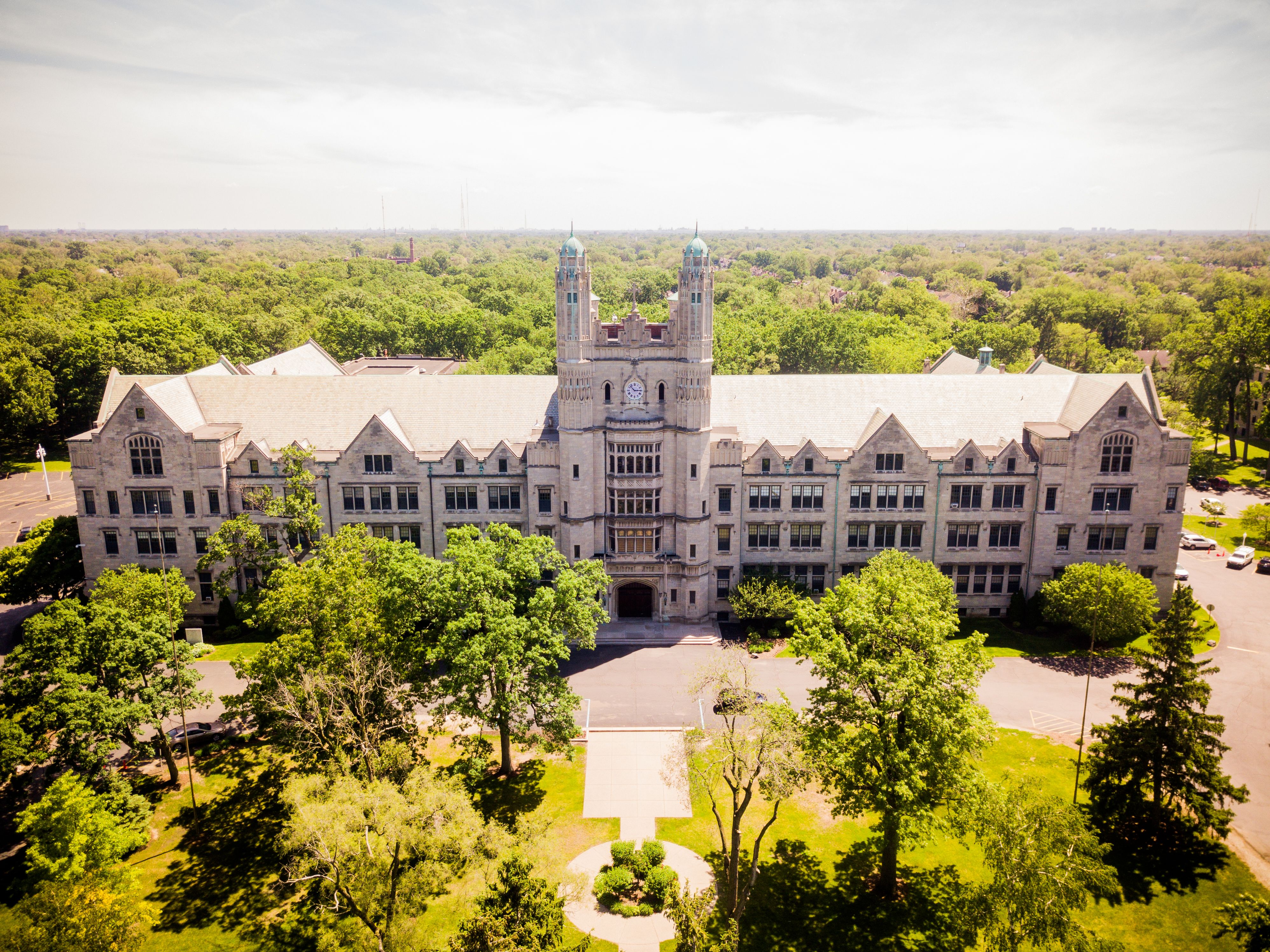
Why Marygrove?
The Marygrove Learning Community is a unique space for community-engaged learning. Situated in the vibrant Fitzgerald neighborhood of Detroit, Marygrove offers opportunities to engage with a wide range of organizations.
The Marygrove campus itself is home to a broad range of partners, including The School at Marygrove, a Detroit Public Schools Community District elementary, middle, and high school, and the Starfish Family Services Early Education Center.
Our campus is also home to the world-famous Detroit Youth Choir, Shakespeare in Detroit, the Institute of Dance, Detroit Horsepower, CWO Farms (a working farm!), and the COTS Family Shelter in addition to many other youth- and community-serving organizations.
The surrounding neighborhoods are home to a range of community-based organizations, including the Live6 Alliance, which helps coordinate the development of community benefits and provides support for entrepreneurs throughout the neighborhood.
Marygrove College itself has a unique history that LEAPS is proud to build upon.
This Tudor-Gothic campus opened in 1927, founded by a Catholic order called The Sisters of the Immaculate Heart of Mary (IHM). The educational objective of Marygrove was for its students to develop personal power in themselves, to be driving forces in their chosen fields, and to act consciously on their values. The curriculum emphasized speaking and writing skills, critical thinking, and collaborative and interdisciplinary learning. The test of a college, the IHM Sisters believed, was what its graduates were and could do.
The college also instituted an academic requirement of “professional contacts” where students would learn about “the normal work-life of the world” related to their study areas. Student involvement in community service was also a significant educational value, so much so that the school created a social action director staff position. These remarkable educational innovations are echoed in the design of LEAPS.
After nearly a century of unwavering service, Marygrove College faced economic headwinds and a decline in undergraduate students. These challenges led to the closure of undergraduate programs in 2017, and graduate programs in 2019.
However, the IHM Sisters, the College, and The Kresge Foundation joined forces to form the Marygrove Conservancy, heralding a new era for the Marygrove College campus. A groundbreaking P-20 cradle-to-career educational campus was announced, with the Detroit Public Schools Community District, The Kresge Foundation, and The University of Michigan Marsal Family School of Education partnering to establish The School at Marygrove. Starfish Family Services initiated an early childhood program, with a new building breaking ground in 2019.
Numerous other partners have since joined the campus, creating a diverse community of educators, innovators, and engaged learners.
The educational mission and significance of Marygrove College in Detroit were forged in a history that thrived on bold risk-taking. LEAPS is honored to continue in the tradition of audacious exploration that Marygrove embodies.
If you want to read more about the unique partnership behind the Marygrove Learning Community, we recommend this chapter from a book documenting the history of the Kresge Foundation’s work in Detroit.
Historical information is sourced from https://www.marygrove.edu/history-of-marygrove.html

Building a Strong Community for LEAPS Students
LEAPS students attend classes and eat meals in the beautiful Madame Cadillac Hall.
LEAPS students attend classes and eat meals in the beautiful Madame Cadillac Hall.
The Commons Room is the main space for social events in Florent Gillet.
The Commons Room is the main space for social events in Florent Gillet.
LEAPS faculty and staff work closely with LEAPS students.
LEAPS faculty and staff work closely with LEAPS students.
The LEAPS program provides transportation between the Marygrove campus and the Ann Arbor campus so students can enjoy opportunities in both cities—like attending football games at Michigan Stadium.
The LEAPS program provides transportation between the Marygrove campus and the Ann Arbor campus so students can enjoy opportunities in both cities—like attending football games at Michigan Stadium.
Both academic and social events are held in the Commons.
Both academic and social events are held in the Commons.
Living together at Marygrove, in the newly-renovated Florent Gillet residence hall, helps LEAPS students build a strong and supportive community with each other.
Florent Gillet is, objectively, the nicest residence hall at Michigan! LEAPS students have a range of shared spaces that they use for playing games and doing puzzles, competing with each other on the shared Wii and Playstation, watching movies, doing karaoke, and more.
It’s not unusual to wander into the large and comfortable Common Room in the afternoon and see LEAPS students all working together on a class project or assignment, cooking their favorite dishes from home in the available kitchen, or just hanging out. At a big college like Michigan, it’s not unusual to feel “alone in the crowd.” That doesn’t happen in LEAPS. Because LEAPS faculty and staff share the spaces with students at Marygrove, students also have unprecedented access to their instructors for consultation, advising, or just informal interaction.
Because Marygrove is a 45-minute bus ride from Ann Arbor (LEAPS operates buses to Ann Arbor on Mondays and Wednesdays for elective classes, for recreational activities on Fridays and weekends, and for special events like football games.), it’s necessary for LEAPS students to choose which activities they are able to engage in while in Ann Arbor carefully and recognize that many clubs or other activities are not possible during their first year. For instance, it is not feasible for LEAPS students to participate in intramural or varsity sports in their first year, or in a club that meets on a Tuesday or Thursday.
LEAPS, however, provides support for engagement in recreational activities across Detroit, giving LEAPS students a unique experience. All the usual Ann Arbor-based clubs and activities will still be available to LEAPS students when they return to live in Ann Arbor for their sophomore year.
A cohort-based experience with many required courses (and therefore relatively few electives) is also different from the typical first-year experience. However, we believe that it is better.
Most first-year and second-year students take courses from approved lists of “distributions” that are meant to represent a broad range of topics. However, there is no coherence among these courses, meaning that students are primarily engaging in a “checklist-completing” exercise in their first two years.
The first two years of LEAPS are cohort-based, with all LEAPS students taking courses together on subjects including how people learn, the history, culture, and context of Detroit, and a range of social science, technology, and liberal arts topics designed to prepare them to be valuable contributors in a range of settings. This includes direct support in how to communicate, collaborate, and problem-solve creatively.
Once typical students declare a major in their junior year, they engage in another checklist of 8-10 courses, which tend to have more coherence, but again are not guaranteed to be tailored to you. In LEAPS, the junior and senior year is when students pursue individualized concentrations. This means that there is no “checklist” in LEAPS. We work with each student to design a series of courses paired with a community-engaged learning placement that prepare you directly for the post-graduate path(s) you desire.
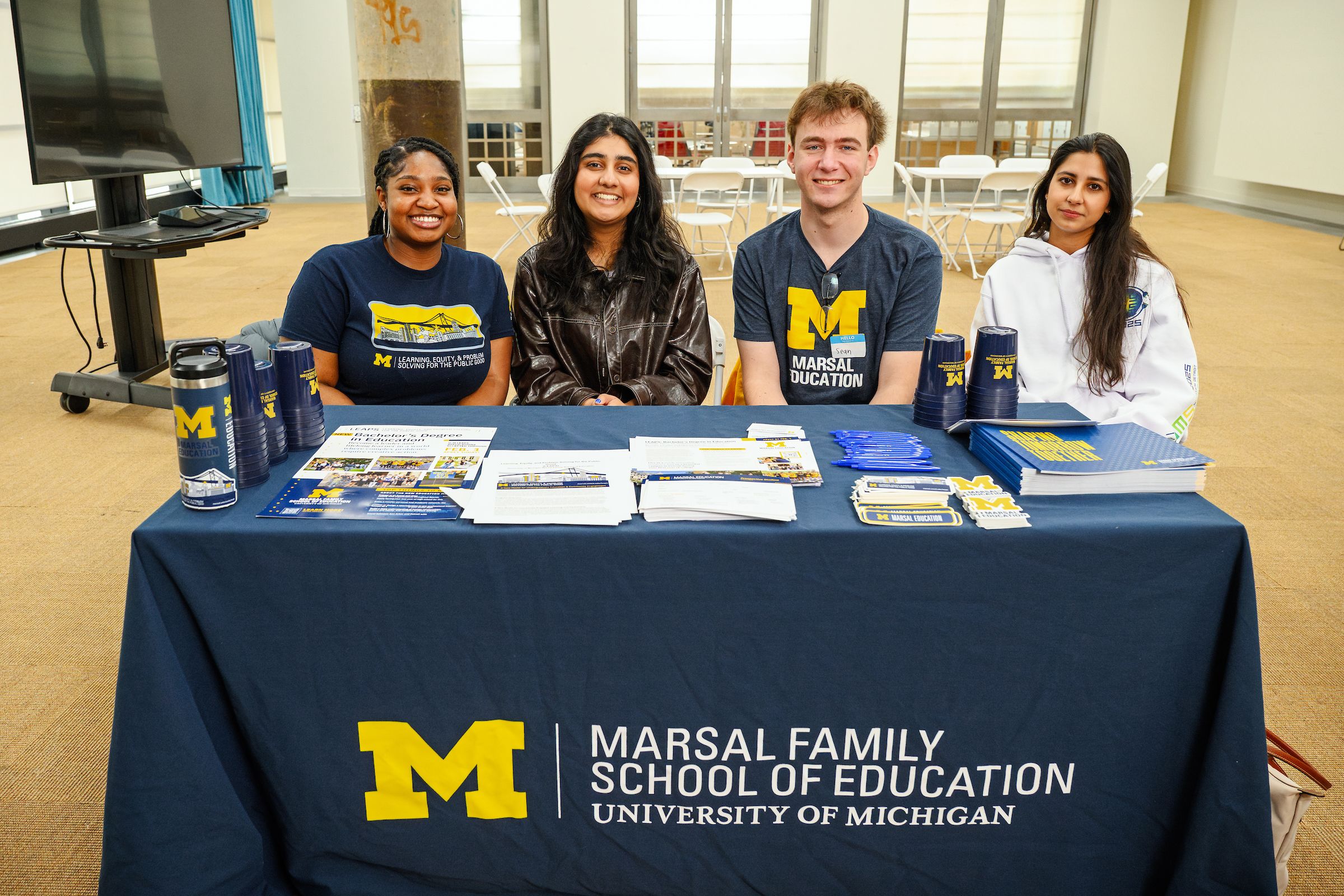
What Makes LEAPS Community-Engaged Learning Unique?
LEAPS emphasizes community-engaged learning through mutual benefit and equitable partnerships.
It is important to us that community partners view the presence of LEAPS as a benefit to their ongoing work, and that the presence of LEAPS in Detroit helps make the city stronger and more vibrant. We recognize that healthy partnerships require work and attention, and regularly engage in review of how things are going from the perspective of both LEAPS students and our partners.
LEAPS emphasizes a shift in thinking about community service from a charitable orientation (giving back) to a participatory orientation (supporting and enhancing). Our goal is to amplify the efforts of the organizations we partner with. LEAPS students do the work of the organization, not “course projects.”
In contrast to the short-term nature of most student internships or other engaged learning experiences, LEAPS establishes multi-year placements for students who become part of the partner organizations. More advanced LEAPS students will be able to supervise and onboard newer LEAPS students, creating an engine for ongoing growth to advance and amplify the important work of organizations across the city.
LEAPS students, faculty, and staff take a photo with Detroit Mayor Mike Duggan (center).
LEAPS students, faculty, and staff take a photo with Detroit Mayor Mike Duggan (center).
Marsal Education alum Nando Felton, pictured here with LEAPS faculty member Leslie Herrenkohl, helped create the LEAPS program and worked with LEAPS interns.
Marsal Education alum Nando Felton, pictured here with LEAPS faculty member Leslie Herrenkohl, helped create the LEAPS program and worked with LEAPS interns.
Learn more about LEAPS


